Asteroids by the numbers- all that NASA knows
NASA keeps an active eye on all the happenings in space. Here’s what NASA says about near-Earth objects such as asteroids and comets.

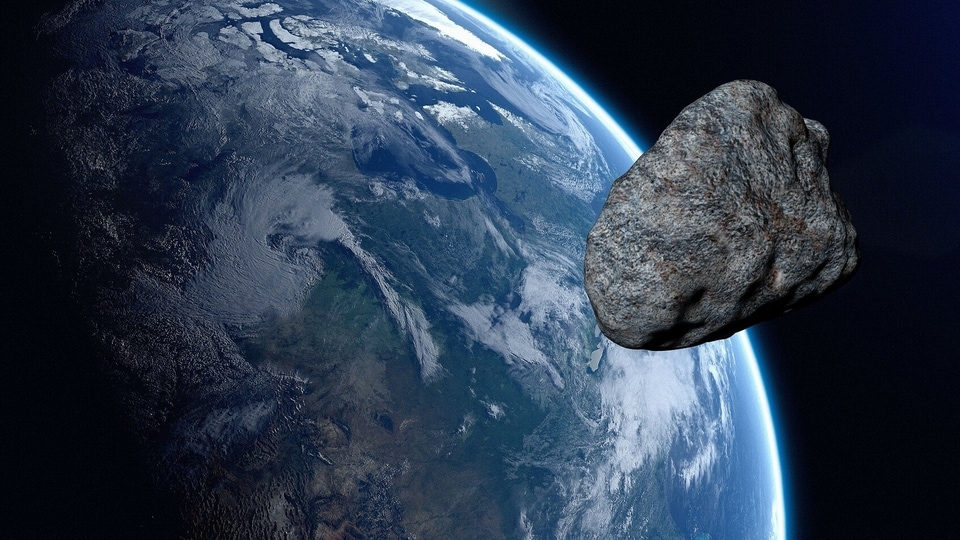
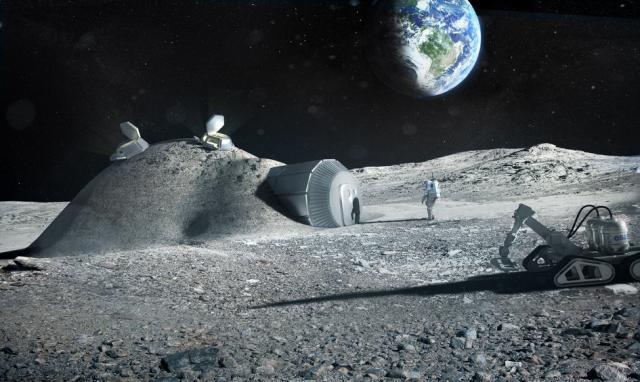

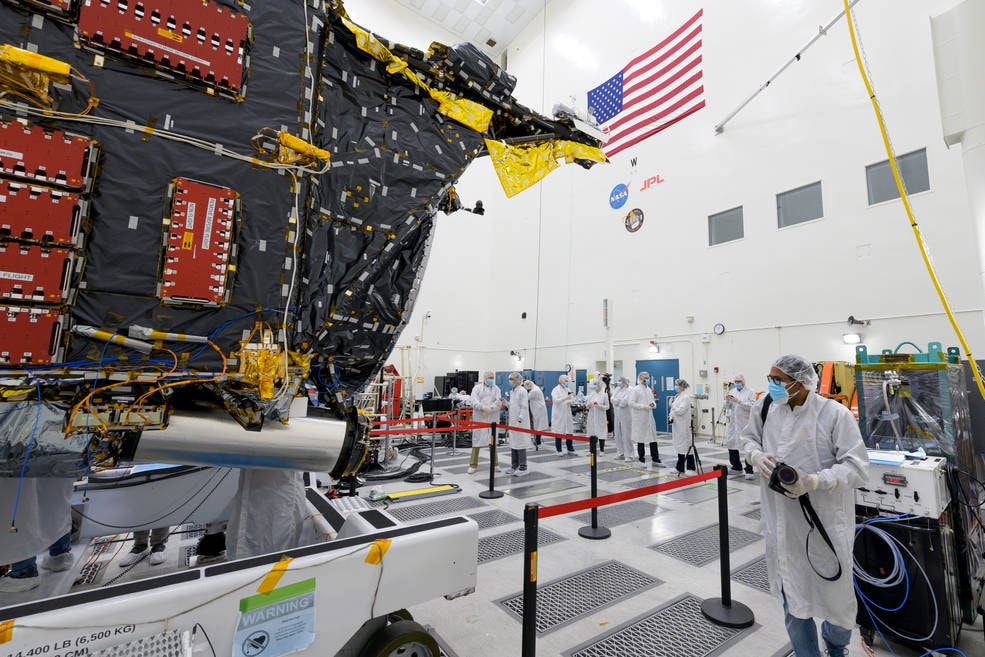
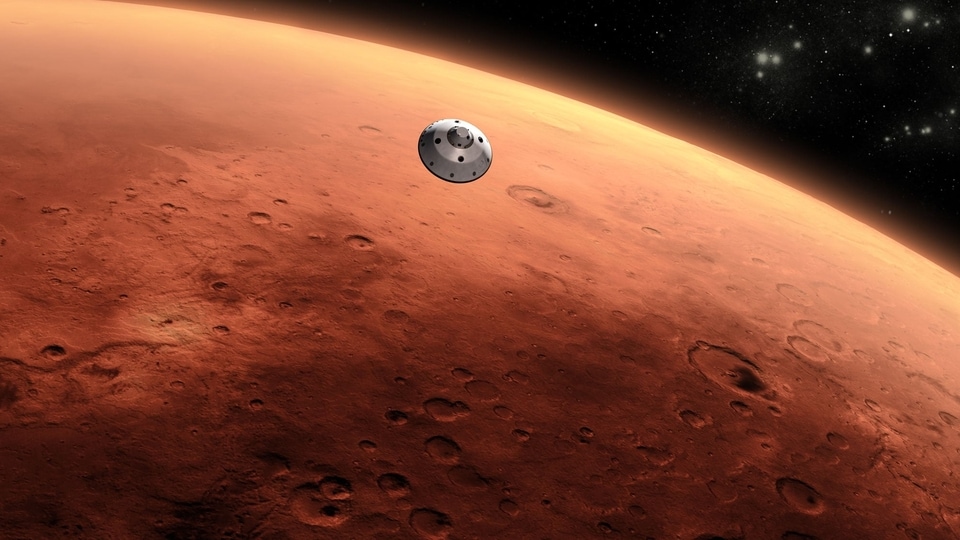
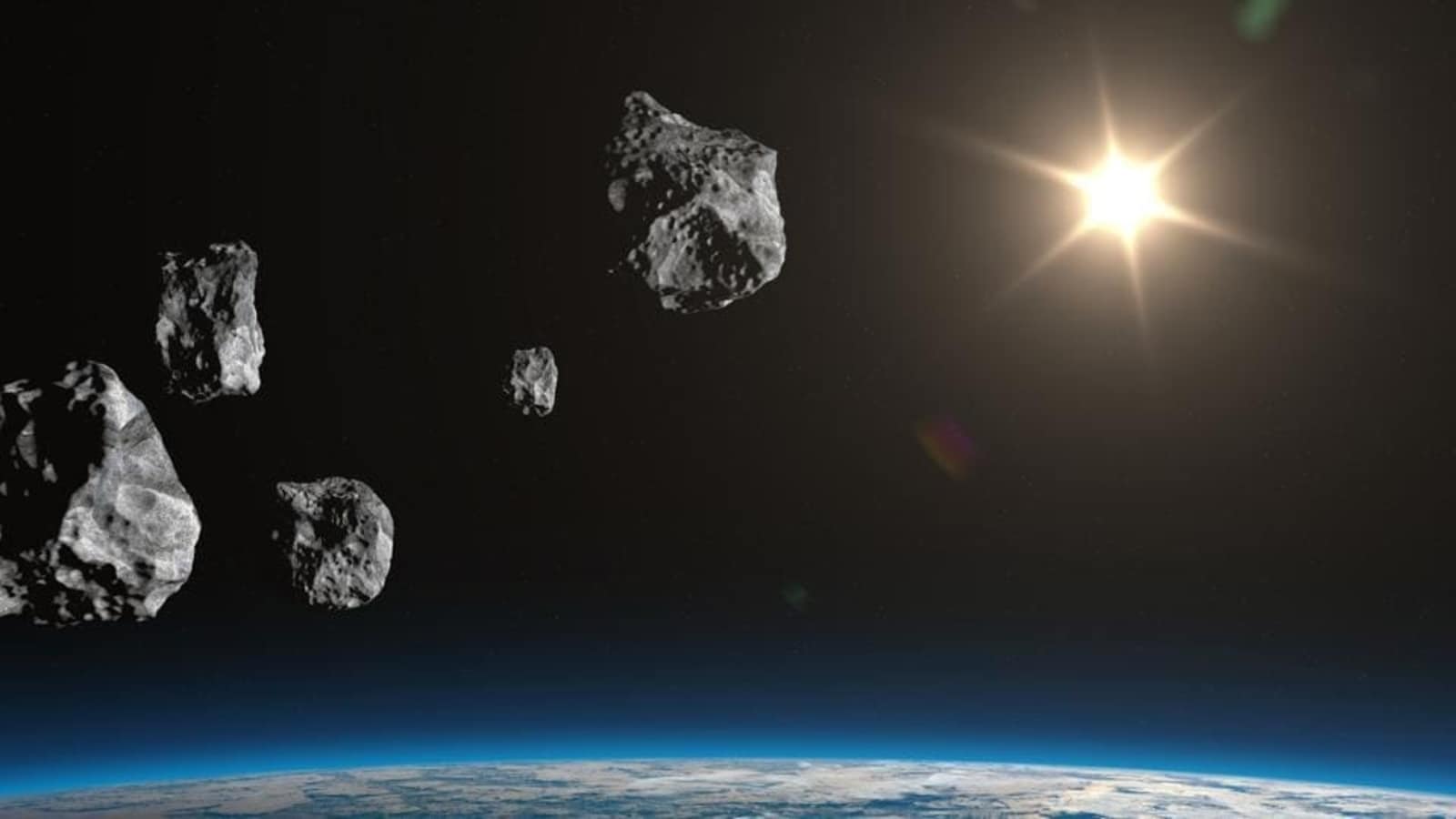
 View all Images
View all ImagesNASA is on the constant hunt to find more about near-Earth objects, which are mostly atseroids and comets. But what do we know about the asteroids and comets in Earth's neighbourhood? NASA's Planetary Defense — which includes finding, tracking, and characterizing near-Earth objects helps to understand these space objects in a better way. These near-Earth Objects (NEOs) are basically comets and asteroids that have been pulled by the gravitational attraction of nearby other planets into orbits that allow them to enter the neighborhood of the Earth, says NASA. In a tweet on August 1, NASA said, "What do we know about the asteroids & comets in Earth's neighborhood? There are lots out there & NASA's on the hunt. #PlanetaryDefense — which includes finding, tracking & characterizing near-Earth objects — is part of our mission. Here's what we've found"
What are asteroids and comets?
NASA shed light on all the basic details of these near-Earth Objects, including asteroids, comets, and meteors. According to the space agency, an asteroid is a small, rocky object revolving in a near-Earth area. However, most of these asteroids are found in the asteroid belt between the orbit of Mars and Jupiter.
While, a comet also orbits the Sun, but unlike an asteroid, it comprises ice and dust. “So, when a comet gets close to the Sun, its ice and dust content start to vaporize. So, when seen in a telescope, a comet appears fuzzy and/or has a tail,” NASA explained.
NASA's warning regarding upcoming hazardous objects
NASA's Planetary Defense Coordination Office, which was created in early 2016, aims at providing accurate information on time to the government, the media and the world on all the potentially hazardous objects, including asteroids approaching close to Earth. It also maps the potential impact it may have on Earth.
Apart from this, NASA's Center for Near Earth Object Studies looks at asteroids and comets that invade Earth's neighbourhood within 45 million kilometers of Earth's orbit.
NASA Planetary Mission By The Numbers:
- 29273 Near Earth Objects discovered
- 10116 known near-Earth asteroids larger than 140 metres
- 1500 near-Earth asteroids larger than 140 meters left to be found
- 851 known near-Earth asteroids larger than 1 kilometre
- 50 estimated near-Earth asteroids larger than 1 km left to be found
- 7 known asteroids passed closer to the Earth than the moon over the last 30 days.
- 142 known asteroids passed closer to the Earth than the moon in the past 365 days
- 100 tons: Amount of dust and sand-sized particles that bombard Earth daily
NASA DART Mission
NASA's Double Asteroid Redirect Mission (DART) will slam into Dimorphos, the moonlet of a near-Earth asteroid called Didymos. If successful, the spacecraft will alter the path of the aimed asteroid. "This test will show a spacecraft can autonomously navigate to a target asteroid and intentionally collide with it to change the asteroid's motion in a way that can be measured using ground-based telescopes," NASA explained. The mission will provide important data to help be better prepared from the threat of an asteroid towards Earth in the future.
Catch all the Latest Tech News, Mobile News, Laptop News, Gaming news, Wearables News , How To News, also keep up with us on Whatsapp channel,Twitter, Facebook, Google News, and Instagram. For our latest videos, subscribe to our YouTube channel.





























